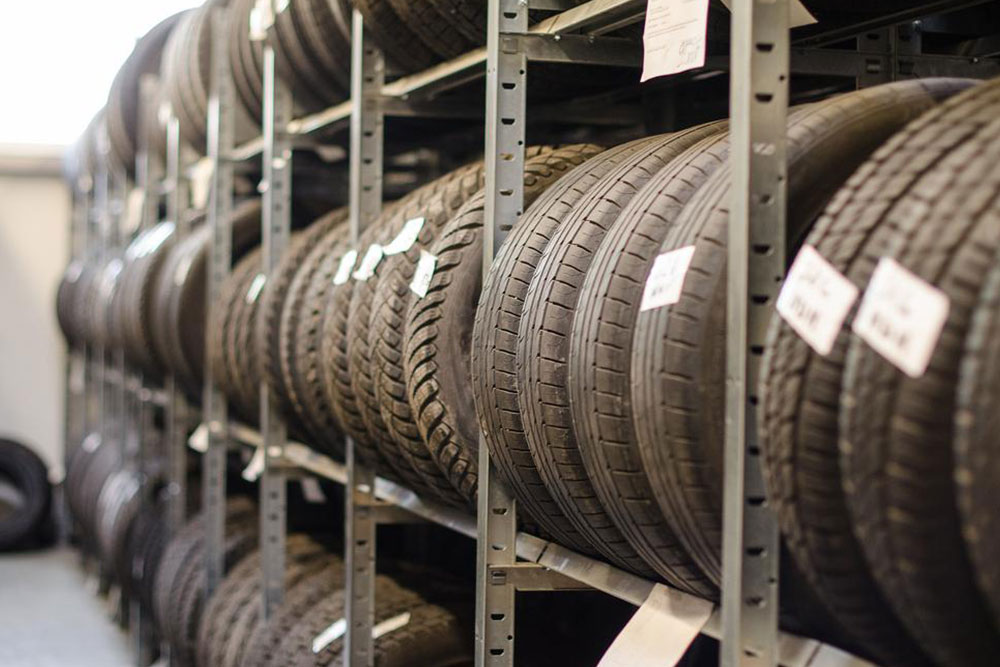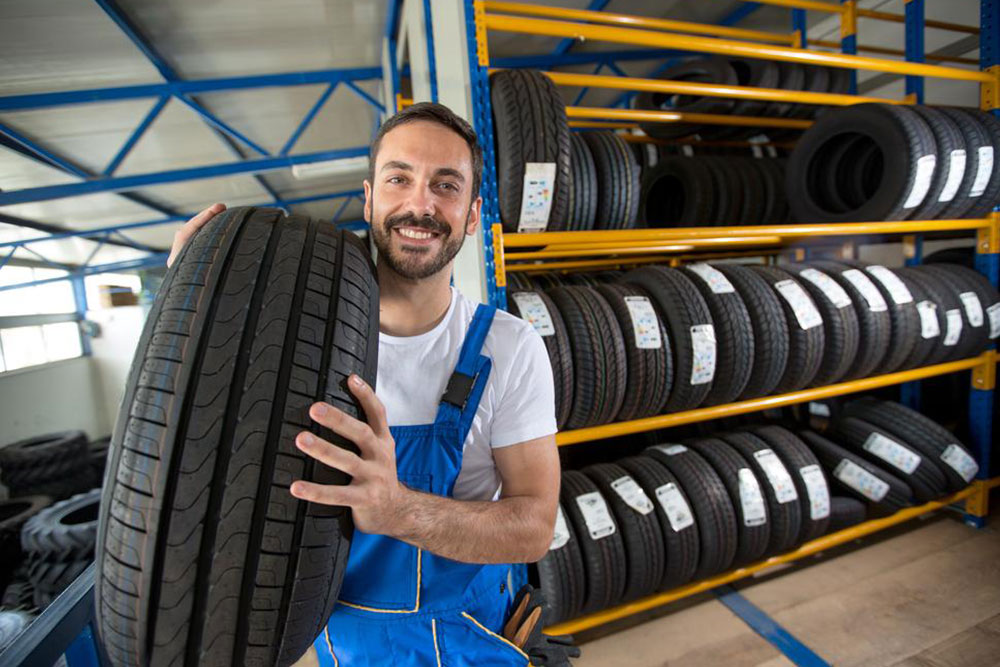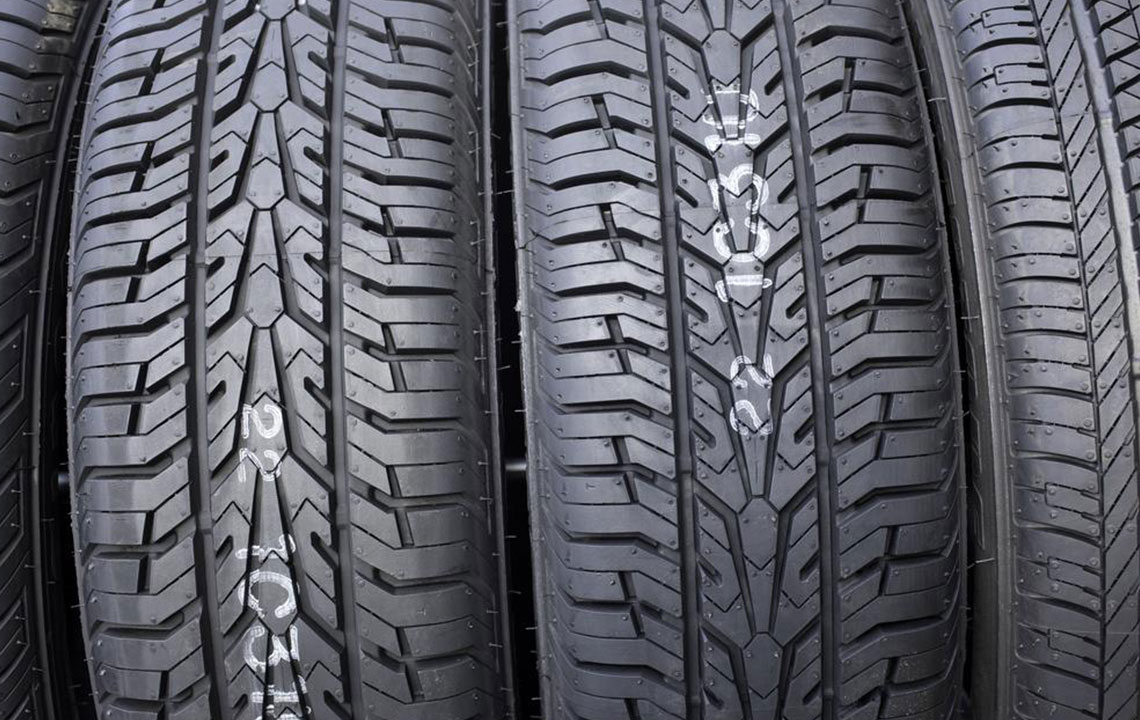Advancements and Key Developments in Tire Technology
This article explores the evolution of tire technology from its beginnings with André and Édouard Michelin to modern innovations like radial and tubeless tires. It highlights key milestones, including the 1948 introduction of steel-belted radials and the 1955 advent of tubeless designs, which have significantly improved safety, durability, and vehicle performance. Understanding these developments sheds light on how tire technology continues to evolve to meet drivers' needs.

Advancements and Key Developments in Tire Technology
The development of modern pneumatic tires began with French innovators André and Édouard Michelin. During the 1895 Paris–Bordeaux race, they showcased their invention, which drew public attention and established Michelin as a prominent tire manufacturer in Europe. As regulations discouraged solid tires due to road wear, inflatable rubber tires reinforced with fabric and steel cords emerged, shaping tire design for over a century. These innovations revolutionized vehicle safety and performance worldwide.
For decades, bias-ply tires with diagonal fabric cords—known as 'plies'—dominated the market. A significant breakthrough occurred in 1948 when Michelin introduced steel-belted radial tires with cords at 90° angles to the rim, enhancing durability and handling. Radial tires reduce rolling resistance, last longer, and improve steering response, though they are slightly more expensive to produce. In the 1970s, Pirelli pioneered high-performance low-profile radials, transforming tire options. The introduction of tubeless tires by BFGoodrich in 1955 marked another major step, providing safer, smoother rides by eliminating inner tubes and sealing directly to the rim.


